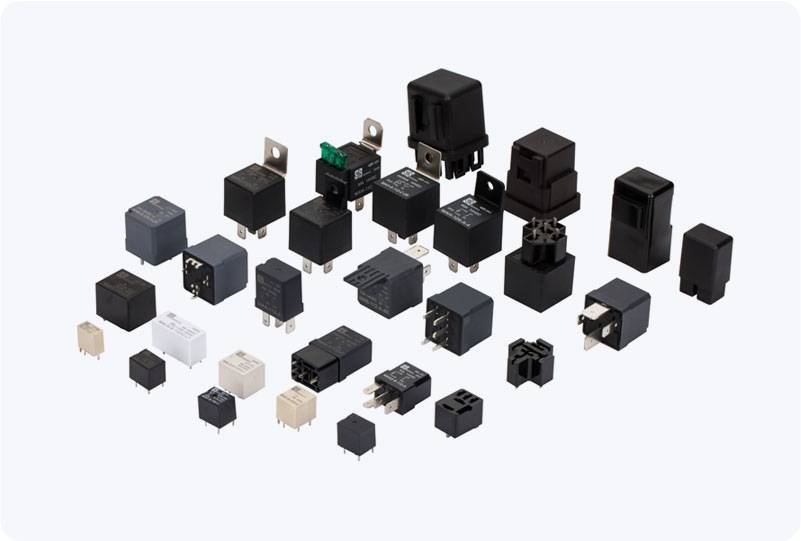An Arc-Free Relay is an advanced electromechanical device designed to minimize or eliminate the occurrence of electrical arcing when switching high currents or voltages. Electrical arcing is a phenomenon that occurs when current passes through a gap between the contacts of a relay, creating a discharge of electricity in the form of a spark. This discharge can be harmful, leading to contact wear, system failure, and even fire hazards. Arc-Free Relays have been developed to address these issues and are increasingly used in a variety of industries where reliability and safety are paramount.

The Importance of Arc-Free Relays Arcing is particularly problematic in systems that switch inductive loads, such as motors, transformers, and solenoids. When these devices are turned off, the inductance in the circuit generates a high voltage spike that can cause electrical arcing at the contacts. The arc not only wears down the contacts but can also result in the failure of the relay, reducing the overall lifespan of the system and creating potential safety hazards. Arc-Free Relays, by minimizing or eliminating this arc, extend the operational life of electrical systems, enhance safety, and improve the overall reliability of equipment. These relays are especially important in high-power applications where switching occurs frequently and the risk of arcing is high.